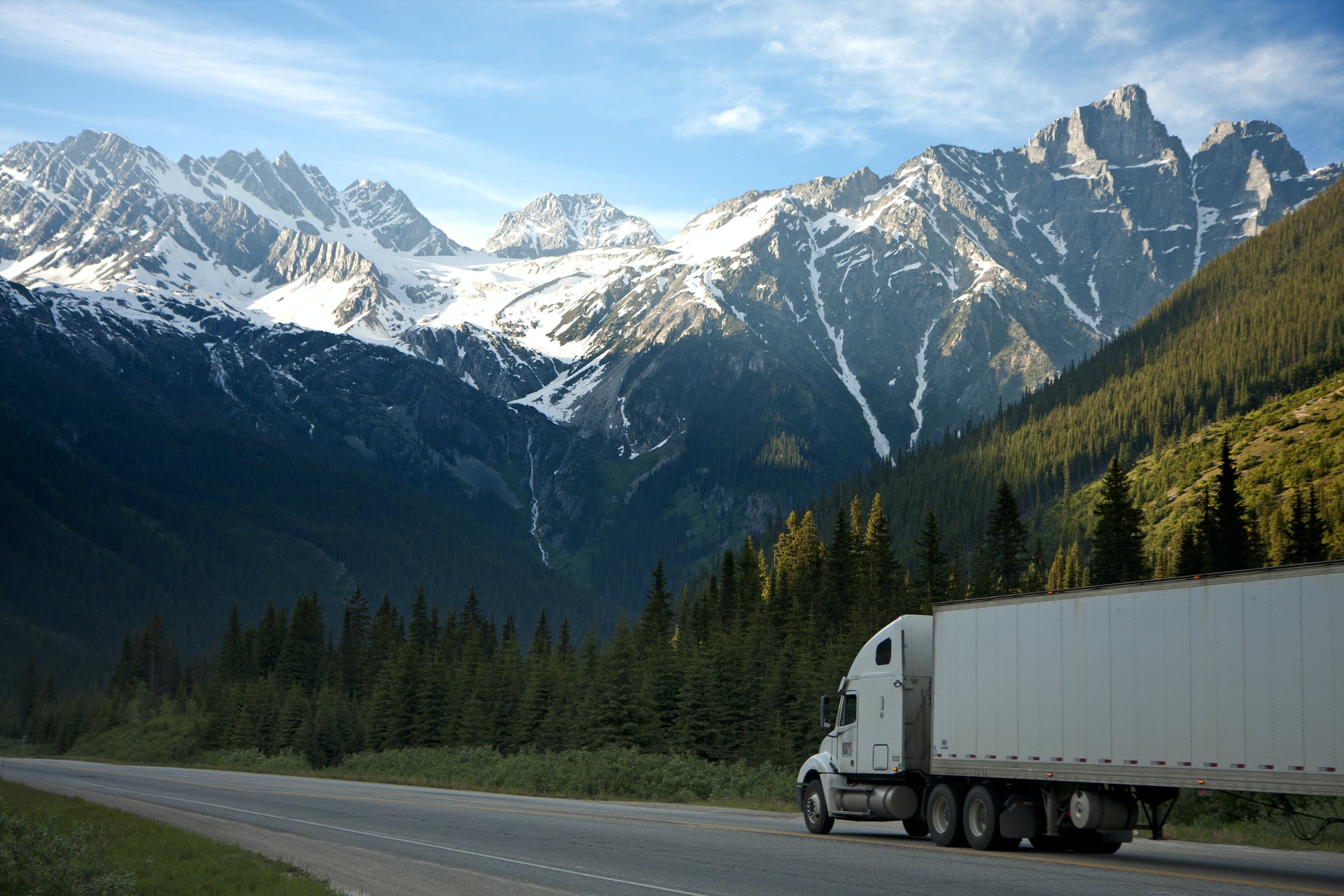
05 Apr THE COLD CHAIN EVOLVES: FUTURE TRENDS AND INNOVATIONS
The cold chain industry is a foundational provider of services to businesses and individuals around the world, effectively ensuring the safe and efficient transport of temperature-sensitive goods, including food, pharmaceuticals, and biologics. As the global economy continues to grow, demand for cold chain logistics is increasing, driven by factors such as globalization, e-commerce, and advances in medical research. To meet these evolving needs, the cold chain industry is undergoing a significant transformation, driven by innovative technologies and practices. What say we take a sneak peek at some of the future trends and innovations that are currently impacting the field?
Case in point: The Internet of Things (IoT) refers to the network of interconnected devices that collect and exchange data. In the cold chain industry, IoT sensors and monitoring systems are increasingly used to track and manage temperature, humidity, and other environmental conditions throughout the supply chain. This enhanced visibility helps to ensure product quality and safety, reduce waste, and minimize the risk of product spoilage.
Blockchain technology is also becoming more prevalent in the cold chain industry, offering enhanced traceability and transparency. By creating a secure, decentralized ledger of all transactions and product movements, blockchain can help prevent fraud, reduce counterfeiting, and improve supply chain visibility.
The use of autonomous vehicles and drones is also gaining momentum in the space, offering the potential for increased efficiency, reduced costs, and improved safety. Self-driving trucks and drones can reduce the need for human drivers, thereby minimizing the risk of accidents and reducing labor costs. Additionally, these technologies can help to optimize routes, reduce delivery times, and increase accessibility to remote locations.
On top of this, artificial intelligence (AI) and machine learning are transforming the cold chain industry by enabling companies to optimize their operations, improve efficiency, and enhance product quality. AI algorithms can analyze real-time data from IoT sensors and other sources to predict potential temperature excursions and alert personnel to take corrective action. Machine learning can also be used to optimize logistics processes, such as route planning, inventory management, and demand forecasting.
Keep in mind too that the biopharma logistics sector is a rapidly growing area of the cold chain industry, driven by advances in medical research and the increasing demand for personalized medicine. Biopharmaceutical products, such as vaccines, gene therapies, and cell therapies, require specialized handling and storage to maintain their efficacy and safety. As such, the biopharma logistics sector is evolving to meet these unique needs, with specialized packaging, transport, and monitoring solutions.
As in other spaces, sustainability is becoming a key consideration for the field to boot, as consumers and regulators increasingly demand more environmentally friendly practices. The cold chain industry is responding with initiatives such as green packaging, energy-efficient facilities, and eco-friendly transportation solutions. Additionally, cold chain providers are exploring new technologies such as refrigeration using natural refrigerants, which are more environmentally friendly than traditional refrigerants.
Finally, data analytics and predictive analytics are playing an increasingly important role in the sector as well, enabling companies to make more informed decisions and optimize their operations. By analyzing data from IoT sensors, logistics software, and other sources, companies can identify trends, patterns, and inefficiencies in their supply chain. Predictive analytics can be used to forecast demand, optimize inventory levels, and prevent temperature excursions.



